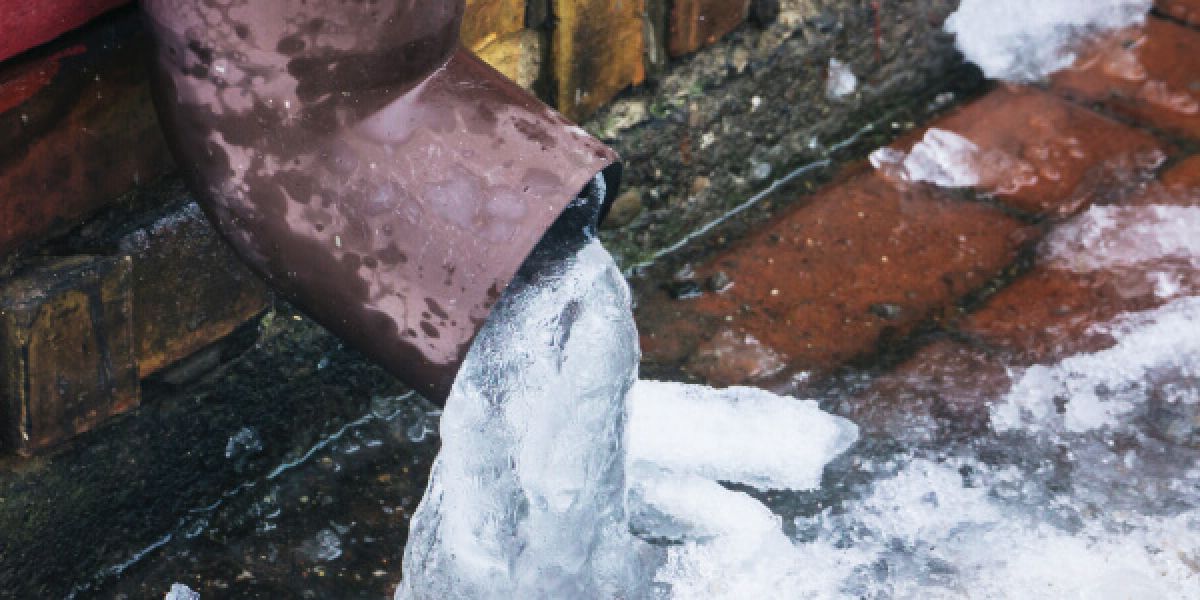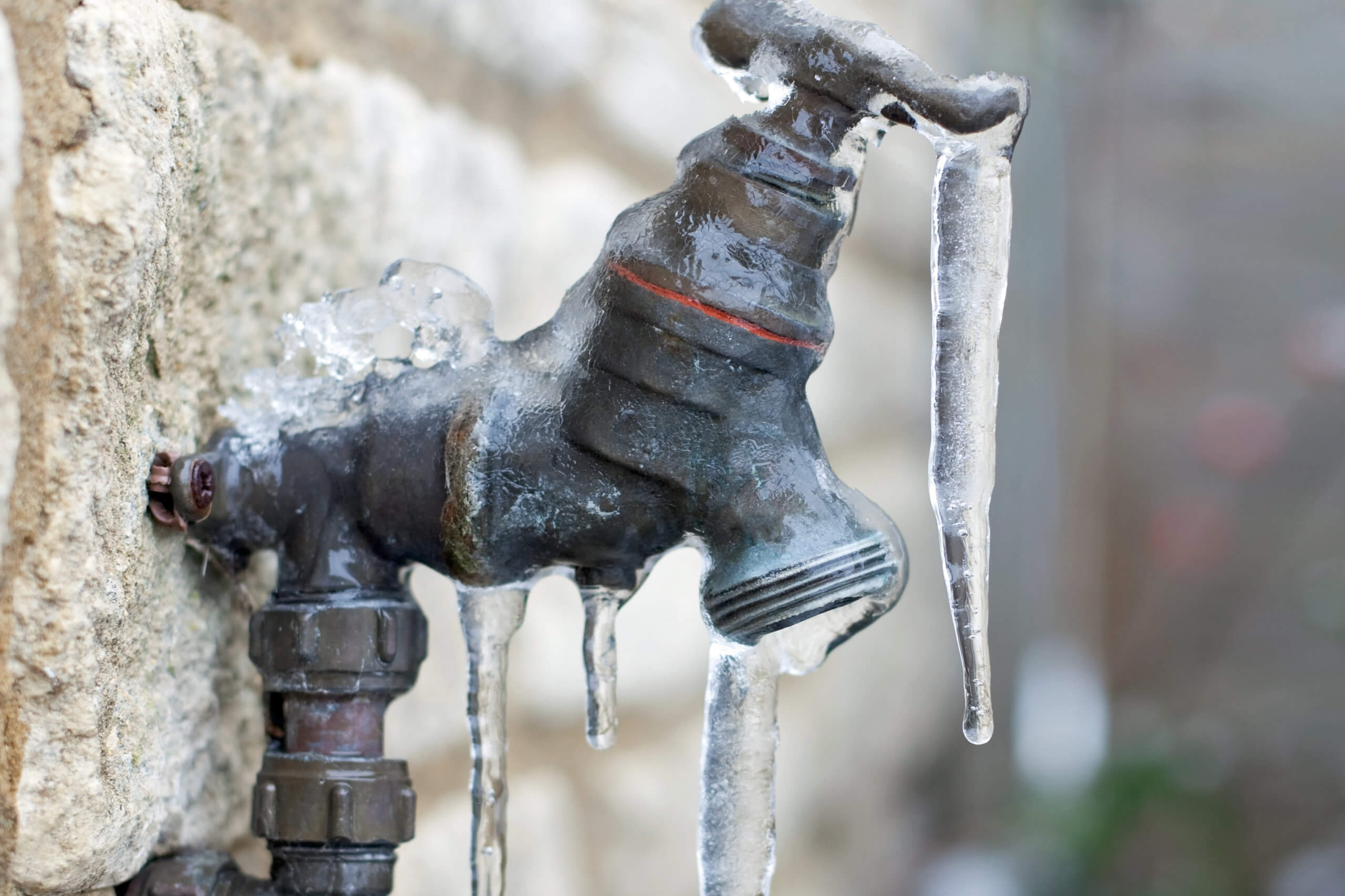Ways to Safeguard Plumbing System from Freezing: Critical Advice
Ways to Safeguard Plumbing System from Freezing: Critical Advice
Blog Article
The author is making several great annotation related to Preventing and dealing with frozen pipes overall in this great article further down.

Winter can ruin your plumbing, particularly by freezing pipes. Below's how to prevent it from taking place and what to do if it does.
Introduction
As temperatures decrease, the danger of icy pipelines boosts, possibly bring about costly repair services and water damage. Comprehending just how to prevent frozen pipes is crucial for homeowners in chilly climates.
Comprehending Frozen Pipes
What causes pipelines to freeze?
Pipelines freeze when revealed to temperatures listed below 32 ° F (0 ° C) for expanded periods. As water inside the pipes ices up, it increases, taxing the pipeline walls and possibly creating them to burst.
Dangers and damages
Frozen pipes can result in supply of water disturbances, residential or commercial property damage, and pricey repairs. Ruptured pipelines can flooding homes and trigger extensive architectural damages.
Signs of Frozen Water Lines
Recognizing frozen pipes early can prevent them from breaking.
How to recognize frozen pipes
Try to find lowered water flow from faucets, uncommon odors or sounds from pipes, and visible frost on exposed pipes.
Avoidance Tips
Protecting at risk pipes
Cover pipes in insulation sleeves or use warmth tape to safeguard them from freezing temperatures. Concentrate on pipes in unheated or exterior locations of the home.
Heating strategies
Maintain interior rooms sufficiently warmed, particularly areas with pipes. Open cupboard doors to enable cozy air to circulate around pipelines under sinks.
Securing Outdoor Plumbing
Garden tubes and exterior faucets
Detach and drain pipes garden hose pipes before winter season. Install frost-proof spigots or cover outside taps with insulated caps.
What to Do If Your Pipes Freeze
Immediate activities to take
If you presume frozen pipelines, keep taps open up to soothe pressure as the ice melts. Make use of a hairdryer or towels taken in hot water to thaw pipelines slowly.
Long-Term Solutions
Architectural adjustments
Take into consideration rerouting pipes far from outside walls or unheated areas. Include additional insulation to attics, cellars, and crawl spaces.
Upgrading insulation
Invest in high-quality insulation for pipelines, attics, and walls. Proper insulation aids maintain regular temperatures and lowers the threat of frozen pipelines.
Final thought
Avoiding icy pipes requires aggressive procedures and quick responses. By comprehending the reasons, indicators, and preventive measures, house owners can secure their pipes during cold weather.
5 Ways to Prevent Frozen Pipes
Drain Outdoor Faucets and Disconnect Hoses
First, close the shut-off valve that controls the flow of water in the pipe to your outdoor faucet. Then, head outside to disconnect and drain your hose and open the outdoor faucet to allow the water to completely drain out of the line. Turn off the faucet when done. Finally, head back to the shut-off valve and drain the remaining water inside the pipe into a bucket or container. Additionally, if you have a home irrigation system, you should consider hiring an expert to clear the system of water each year.
Insulate Pipes
One of the best and most cost-effective methods for preventing frozen water pipes is to wrap your pipes with insulation. This is especially important for areas in your home that aren’t exposed to heat, such as an attic. We suggest using foam sleeves, which can typically be found at your local hardware store.
Keep Heat Running at 65
Your pipes are located inside your walls, and the temperature there is much colder than the rest of the house. To prevent your pipes from freezing, The Insurance Information Institute suggests that you keep your home heated to at least 65 degrees, even when traveling. You may want to invest in smart devices that can keep an eye on the temperature in your home while you’re away.
Leave Water Dripping
Moving water — even a small trickle — can prevent ice from forming inside your pipes. When freezing temps are imminent, start a drip of water from all faucets that serve exposed pipes. Leaving a few faucets running will also help relieve pressure inside the pipes and help prevent a rupture if the water inside freezes.
Open Cupboard Doors
Warm your kitchen and bathroom pipes by opening cupboards and vanities. You should also leave your interior doors ajar to help warm air circulate evenly throughout your home.

Do you enjoy reading up on How to Prevent Your Pipes From Freezing? Make a short review directly below. We would be happy to hear your reactions about this piece. We are looking forward that you come back again in the near future. You should take the opportunity to promote this content if you enjoyed reading it. Thanks a lot for being here. Come back soon.
Book Your Installation Report this page